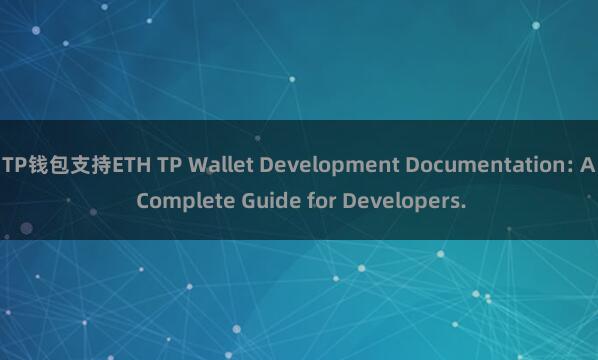
TP Wallet Development Documentation: A Complete Guide for DevelopersTP钱包支持ETH
Introduction:
2. Create a Strong Password: Make sure to create a strong and unique password for your Bither Wallet. Avoid using easily guessable passwords or reusing passwords from other accounts. A strong password should be a combination of letters, numbers, and special characters.
2. Use a secure wallet: Bither Wallet is known for its high level of security and encryption, making it a reliable option for storing your Bitcoin. Be sure to download the wallet from a trusted source and keep it updated to protect against potential vulnerabilities.
Developing a TP (Transaction Processing) Wallet is a challenging yet rewarding task for developers. A TP Wallet is a digital wallet that allows users to store, send, and receive various cryptocurrencies securely. In this guide, we will cover the essential components of developing a TP Wallet and provide a step-by-step guide for developers.
Key Components of TP Wallet Development:
TokenPocket兑换1. Security: Security is the most critical aspect of developing a TP Wallet. Implementing robust security measures such as encryption, multi-factor authentication, and secure storage of private keys is essential to protect users' funds.
2. User Interface: A user-friendly and intuitive interface is crucial for a successful TP Wallet. Developers should focus on designing a clean and easy-to-use interface that allows users to navigate the wallet effortlessly.
3. Blockchain Integration: To ensure seamless transactions, developers need to integrate the TP Wallet with various blockchain networks. This integration allows users to send and receive cryptocurrencies securely and efficiently.
4. Private Key Management: Proper management of private keys is essential for the security of users' funds. Developers should implement secure methods for generating, storing, and accessing private keys within the TP Wallet.
5. Transaction Processing: The TP Wallet should support fast and reliable transaction processing to provide users with a smooth experience. Developers should optimize transaction processing speed and ensure timely confirmation of transactions.
Step-by-Step Guide for TP Wallet Development:
1. Define Requirements: Before starting development, outline the requirements of the TP Wallet, including features, security measures, and blockchain integrationTP钱包支持ETH.
2. Design User Interface: Create mockups and wireframes of the TP Wallet interface to visualize the user experience. Focus on simplicity, ease of use, and intuitive navigation.
3. Implement Security Measures: Develop robust security measures such as encryption, multi-factor authentication, and secure private key management to protect users' funds.
4. Integrate Blockchain Networks: Connect the TP Wallet to blockchain networks to support transactions with various cryptocurrencies securely.
5. Test and Debug: Conduct thorough testing of the TP Wallet to ensure all features work correctly and address any bugs or issues promptly.
6. Launch and Maintain: Once the TP Wallet is developed, launch it to users and continue to maintain and update the wallet to improve security and functionality.
Conclusion:
Developing a TP Wallet is a complex but rewarding process for developers. By focusing on security, user interface design, blockchain integration, private key management, and transaction processing, developers can create a successful TP Wallet that provides users with a secure and efficient way to store and transact cryptocurrencies. Follow this guide to build a robust TP Wallet and enhance the user experience for cryptocurrency enthusiasts.
